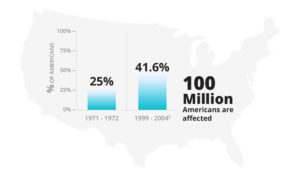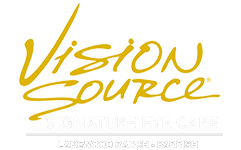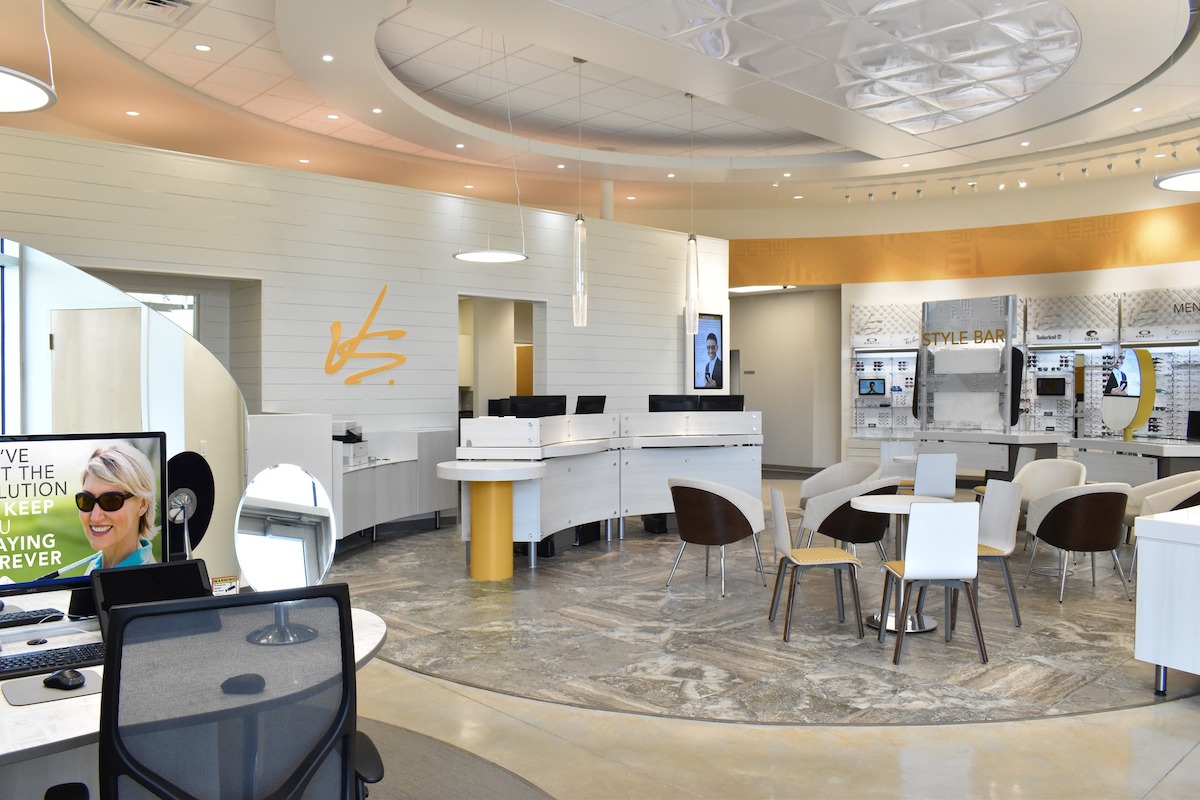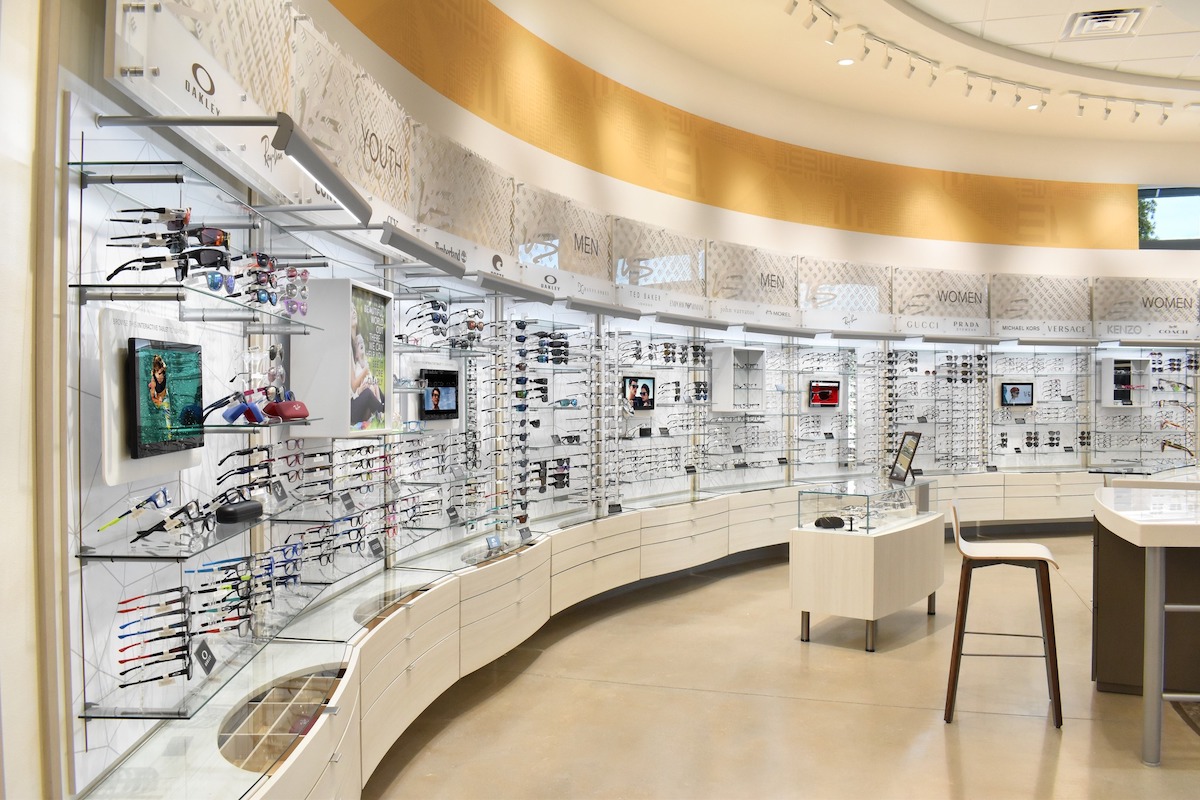What is MYOPIA CONTROL?
Myopia, also known as nearsightedness, is an eye condition where objects nearby or a short distance away are clear but objects that are far away are blurred. Often myopia is caused by an eyeball that is slightly too long. Nearsightedness has increased exponentially over the last twenty years and in some countries, such as China, over 80% of the population is nearsighted. In the United States, myopia has increased 65% in thirty years. Now 42% of people aged 12-54 are myopic.
 Low amounts of nearsightedness can make your vision blurry, but higher amounts of nearsightedness can put one at risk for:
Low amounts of nearsightedness can make your vision blurry, but higher amounts of nearsightedness can put one at risk for:
- retinal detachments
- macular disease
- cataracts
- glaucoma
Our population is increasingly becoming more nearsighted. Studies show that it is a result of a combination of factors including culture, diet, genetics and the environmental influence of more time doing “near point work.”
Myopia Control is the practice of implementing professional techniques to help slow the progression of myopia. If a child is nearsighted by age 6 or 7 of around -1.00 units, they have a high chance of progressing to -5.00 units or more by the time they are a teen or young adult. As stated above, amounts of nearsightedness -4.00 or greater carry an increase risk of real eye disease or problems later in life.
Find out if your child is at risk
Myopia Control is for parents of children who agree that progressive myopia is more than a vision problem, but rather a real disease. Myopia Control is not to be taken lightly. Our Myopia Control programs require a vested interest to ensure compliance. They take time, financial investment and patience.
Types of Myopia Control
Orthokeratology
 Orthokeratology, also known as OrthoK, is a method where special corneal molds similar to contact lenses are applied to the eye while asleep. Gentle molding changes that occur overnight change the shape of the cornea so that light rays not only focus onto the center of the retina, called the fovea, but also focus onto the peripheral retina. For most OrthoK patients, the effect causes close to 20/20 vision all day long until night, when the lenses must be worn again. The child can have 20/20 uncorrected vision using no glasses or contact lenses all day long. Studies show that it is an effective way to reduce myopia progression. Costs for our orthokeratology program starts around $2250.
Orthokeratology, also known as OrthoK, is a method where special corneal molds similar to contact lenses are applied to the eye while asleep. Gentle molding changes that occur overnight change the shape of the cornea so that light rays not only focus onto the center of the retina, called the fovea, but also focus onto the peripheral retina. For most OrthoK patients, the effect causes close to 20/20 vision all day long until night, when the lenses must be worn again. The child can have 20/20 uncorrected vision using no glasses or contact lenses all day long. Studies show that it is an effective way to reduce myopia progression. Costs for our orthokeratology program starts around $2250.
FDA Approved MiSight Contact Lens
Distance Center Multifocal Soft Contact Lenses are worn similar to regular soft contact lenses. Studies show that they can slow myopia progression from 25% to 72% compared with eyeglasses. This method is rapidly gaining in popularity. Costs for our multifocal contact lens myopia control program range from $275-425 per year. This does not include the cost of the contact lenses.
Atropine Therapy
Atropine is a topical eye drop prescription medication used previously in eye care for treatment of inflammation and for relaxing the focusing muscle for to more accurate examine young adults and children. The exact mechanism is unclear, but researches feel that atropine may cause a change in the biochemical mechanisms involved in regulation of elongation of the eye. Low dose atropine is instilled nightly anywhere from a few months to two years. Atropine therapy has shown promise in reducing the progression of myopia. However, some doctors are conservative when prescribing it because atropine can have some side effects. Costs for our atropine program range from $275-425 per year. This does not include the cost of the atropine medication eye drops.
Will my insurance cover myopia control?
Medical insurance or vision plans may cover a basic eye examination which is around $150. However, neither covers myopia control programs. If your child is a candidate for myopia control, we will first decide which program is better for your child. Then, the costs will be fully discussed.




